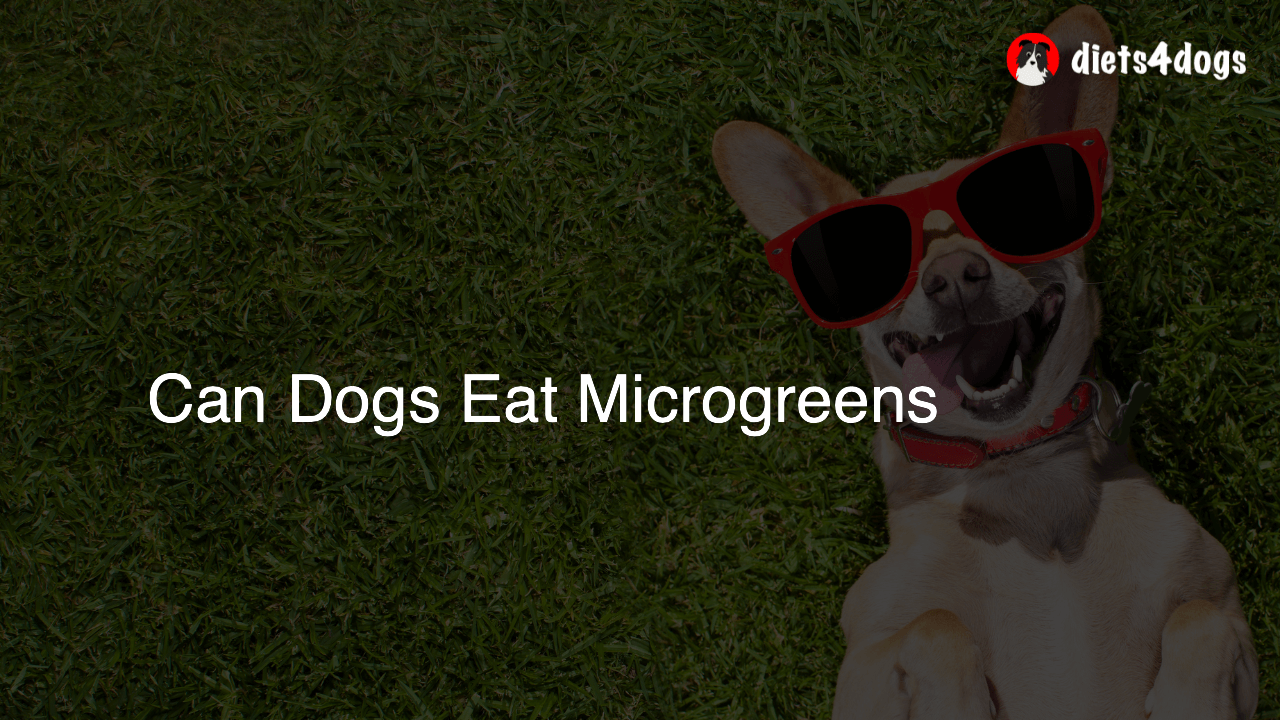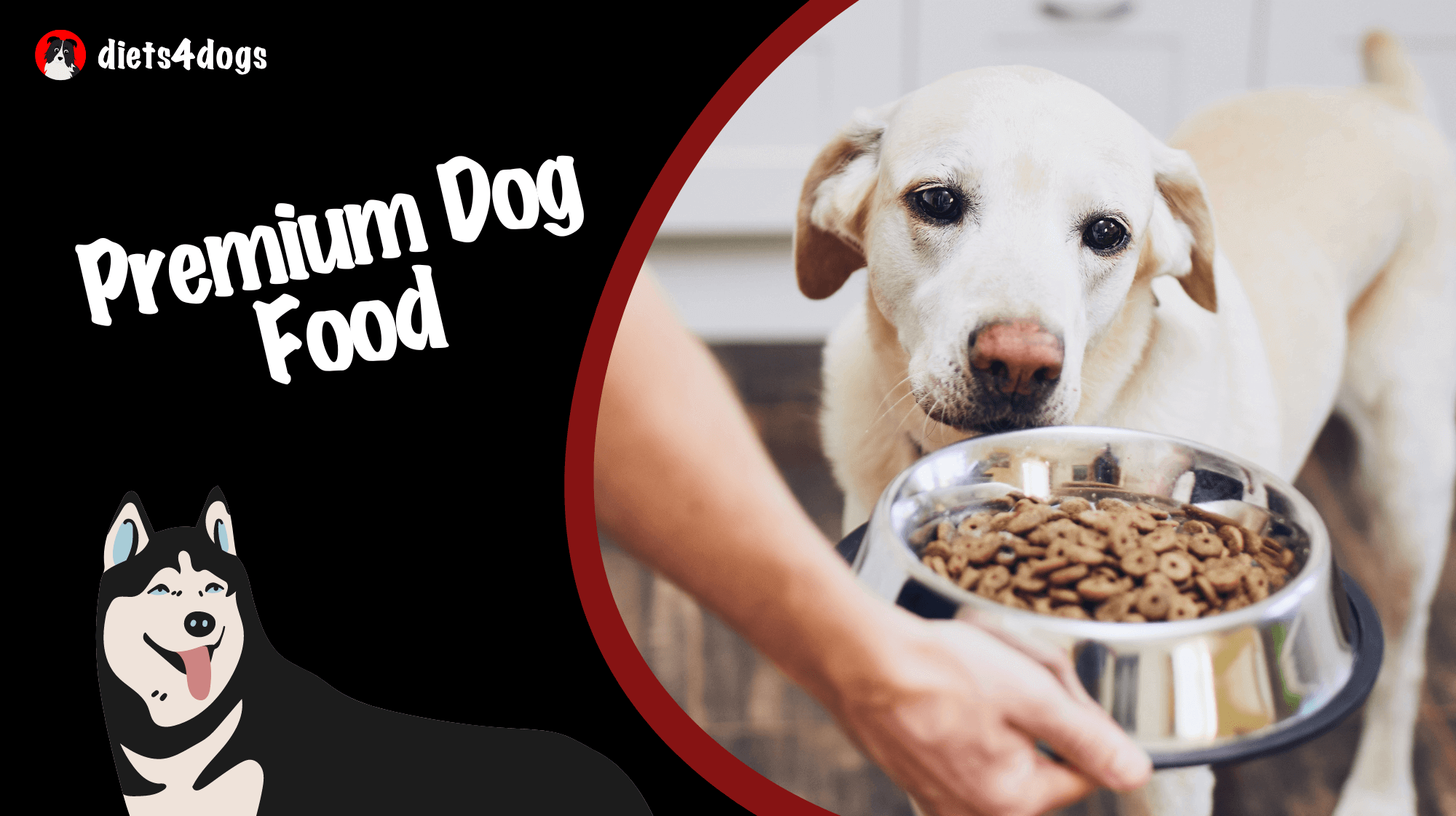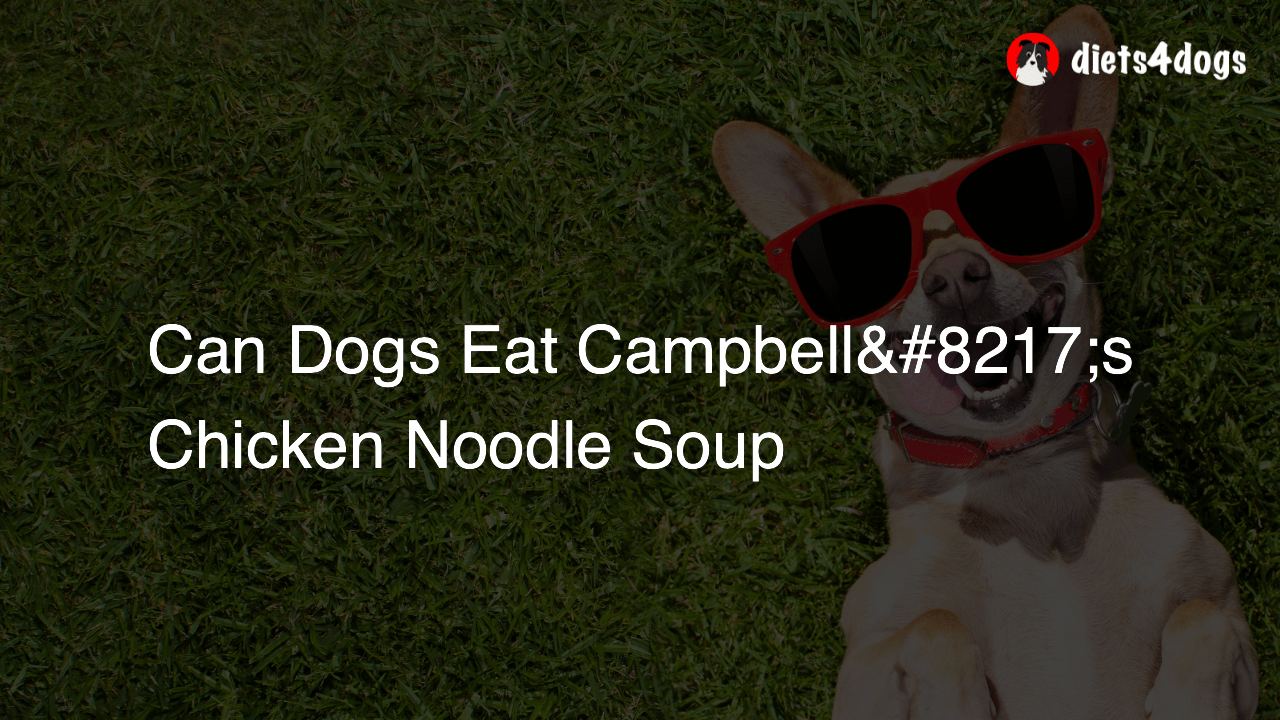Can Dogs Eat Microgreens
Yes, dogs can eat microgreens. Microgreens are a nutritious and safe option for dogs to consume, as they offer several vitamins, minerals, and antioxidants that can support their overall health. However, it is essential to introduce microgreens into a dog’s diet gradually and in moderation to avoid any digestive issues. Always choose organic and pesticide-free microgreens, and consult with your veterinarian for tailored advice regarding your dog’s specific dietary needs.
Can Dogs Eat Microgreens: A Nutritious Addition to Your Dog’s Diet
In recent years, microgreens have made a name for themselves as a superfood for humans due to their high nutrient content and numerous health benefits. But can dogs eat microgreens too? Good news! The answer is yes. Microgreens make an excellent supplement to your dog’s traditional diet, providing a range of vitamins, minerals, and antioxidants to support their overall health.
Health Benefits of Microgreens for Dogs
Nutrient-Dense Greens for Optimal Health
Microgreens are packed with essential nutrients such as vitamins A, C, E, and K, as well as minerals like calcium, magnesium, and potassium. These nutrients play a vital role in your dog’s overall health, supporting immune function, bone development, and muscle function. Adding small amounts of microgreens to your dog’s food can help provide these necessary nutrients and promote better health.
Antioxidant Rich for Disease Prevention
Microgreens contain a high concentration of antioxidants such as beta-carotene, which can aid in protecting your dog’s body against damage from free radicals, reducing inflammation, and lowering the risk of chronic diseases. Incorporating antioxidant-rich foods like microgreens into your dog’s diet is a proactive way to support their long-term health and well-being.
Fiber for Improved Digestion
Microgreens are a good source of dietary fiber which helps in promoting healthy digestion in dogs. Fiber aids in maintaining regular bowel movements, keeping your dog’s gastrointestinal system functioning optimally. A little fiber goes a long way in ensuring your dog’s digestive system stays in great shape.
Feeding Microgreens to Your Dog: Tips and Guidelines
Introduce Gradually
When introducing microgreens into your dog’s diet, always start with a small quantity to avoid any potential digestive issues. Gradually increase the amount over a few weeks, monitoring your dog’s reaction to the new addition to their meals. This will help minimize any adverse reactions or stomach upsets.
Choose Organic and Pesticide-Free
Always opt for organic and pesticide-free microgreens to ensure your dog gets the maximum health benefits without the risk of consuming harmful chemicals. Purchasing from reputable sources, such as local farmers or established online sellers, will help guarantee the quality and safety of the microgreens you feed your pet.
Try a Variety of Microgreens
There are numerous types of microgreens available, from kale and broccoli to radish and peas. Experiment with different microgreens to see which ones your dog prefers and to provide a varied nutrient profile. Each type of microgreen offers its unique set of nutrients and health benefits, so mixing things up will keep your dog’s meals interesting and nourishing!
Easy Ways to Incorporate Microgreens into Dog Food
Incorporating microgreens into your dog’s existing diet is a breeze; there are several ways to do it. You can simply sprinkle a small portion of microgreens onto their regular dog food, mix them into a homemade dog food recipe, or even serve as a standalone snack. Whatever method you choose, start with a small portion, and make sure to monitor your dog’s reactions to ensure they enjoy the new addition to their meals.
Remember, before making any significant changes to your dog’s diet, it’s always a good idea to consult with your veterinarian for tailored advice on what’s best for your furry friend’s specific needs and health conditions.
Preparing Microgreens for Your Dog
To make sure your dog reaps all the benefits of microgreens, there are a few extra steps you should take in preparation. Always thoroughly wash the microgreens to remove any dirt or residual pesticides, even if they are pesticide-free or organic. Washing helps ensure the safety and cleanliness of the microgreens, making them a delightful treat for your dog.
Raw or Cooked: Choosing the Best Option
Both raw and cooked microgreens can be safe and nutritious options for your dog to enjoy. Raw microgreens, as long as they are washed thoroughly, will provide your dog with all their natural vitamins and minerals. However, if your dog has a sensitive stomach or any digestive issues, cooking the microgreens by lightly steaming them can make them easier to digest. Steaming helps to retain more of the nutritional content, ensuring your dog still receives most of the vitamins and minerals from the cooked microgreens.
When Microgreens Aren’t Enough: Supplementing Your Dog’s Diet
While microgreens are a nutritious addition to your dog’s meals, they shouldn’t replace a well-balanced dog food. Dogs have specific dietary needs that can’t solely be met with microgreens. It’s important to continue feeding your dog a high-quality, well-rounded dog food to ensure they receive all their essential nutrients in the appropriate proportions.
Consulting with a Veterinarian
Always consult with your veterinarian before making any significant changes to your dog’s diet. A professional can help guide you on the best way to include microgreens or any other supplement into your dog’s meals. They can also provide insights on specific nutrients your dog might need more of or any dietary restrictions to keep in mind.
Other Dog-Friendly Greens to Consider
Beyond microgreens, there are various other greens and vegetables that can make for great additions to your dog’s diet. In moderation, dogs can benefit from vegetables like spinach, kale, green beans, and broccoli. These veggies provide additional vitamins, minerals, and antioxidants that support your dog’s overall health. Just like with microgreens, it’s crucial to introduce these vegetables gradually and monitor your dog’s reaction.
In conclusion, microgreens can be an excellent addition to your dog’s diet, offering numerous health benefits and vital nutrients. By following the guidelines and advice provided in this article, you can introduce microgreens to your dog’s meal plan safely and effectively, making for a happy and healthy canine friend!
Frequently Asked Questions About Feeding Microgreens to Dogs
For those interested in adding microgreens to their dog’s diet, we’ve compiled a list of frequently asked questions to help guide you. If your question isn’t answered here, don’t hesitate to reach out to your veterinarian for personalized advice on your dog’s specific needs and requirements.
1. How often can I feed my dog microgreens?
Feed microgreens to your dog in moderation, incorporating them as a supplement to their regular diet. Start by introducing them gradually, perhaps two to three times a week, and gauge how your dog reacts. Always monitor your pet and consult with your veterinarian for personalized guidance.
2. Are some microgreens unsafe for dogs?
Most microgreens are safe for dogs. However, always choose organic and pesticide-free options to ensure optimal safety. Also, avoid onion and garlic microgreens, as these can be toxic to dogs. If you’re uncertain about a specific microgreen, consult your veterinarian before feeding it to your dog.
3. Can I grow my own microgreens at home?
Yes, you can grow your own microgreens at home to ensure they are organic and pesticide-free. Growing microgreens at home is cost-effective, and you can easily manage the quality and safety of the greens for both you and your dog.
4. Can I mix microgreens into store-bought dog food?
Absolutely! You can sprinkle a small portion of microgreens directly onto your dog’s store-bought food or mix them into homemade dog food recipes. Remember to introduce them gradually to avoid any digestive issues.
5. Are there any risks to feeding my dog microgreens?
As with any new food, there is a small risk of an allergic reaction or digestive upset. Introduce microgreens gradually to minimize the risk, and stop feeding them to your dog if they experience any adverse reactions. Always consult your veterinarian before making significant changes to your dog’s diet.
6. Can microgreens be a substitute for dog food?
No, microgreens should not replace a well-balanced dog food. They are meant to be an occasional supplement, providing extra nutrients through the inclusion of small amounts of microgreens in your dog’s diet.
7. What other vegetables are safe to add to my dog’s diet?
Some dog-friendly vegetables include spinach, kale, green beans, carrots, and broccoli. Always introduce new vegetables gradually and in moderation, monitoring your dog’s reactions. Consult with your veterinarian to tailor your dog’s veggie intake to their specific needs.
8. Can I feed my dog both raw and cooked microgreens?
Yes, you can feed your dog both raw and cooked microgreens. Raw microgreens provide dogs with all their natural nutrients, while cooked microgreens might be easier to digest for some dogs. If cooking, lightly steam the microgreens to preserve most of the nutrients.
9. How much microgreens should I feed my dog?
Start by feeding your dog a small quantity of microgreens, such as a teaspoon for small dogs and up to a tablespoon for larger dogs. Monitor their reactions and adjust the amount as needed. Consult with your veterinarian for personalized recommendations on portion sizes for your dog.
10. What should I do if my dog doesn’t like microgreens?
If your dog doesn’t like microgreens or refuses to eat them, you can try different types of microgreens or explore other dog-friendly vegetables to add variety to their diet. Always ensure they receive a well-balanced diet and consult with your veterinarian on any additional nutritional supplements or diet changes.












